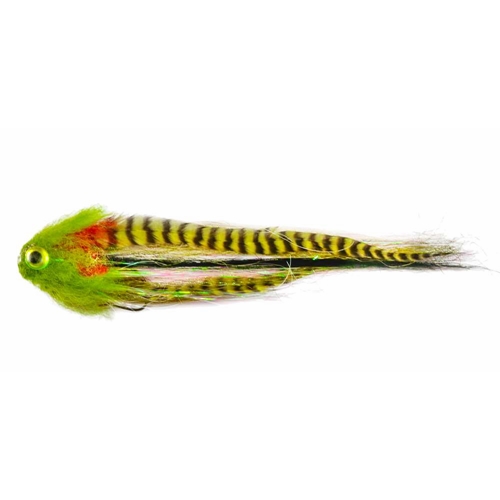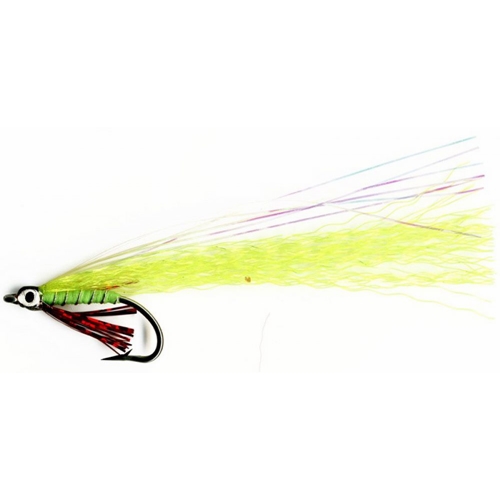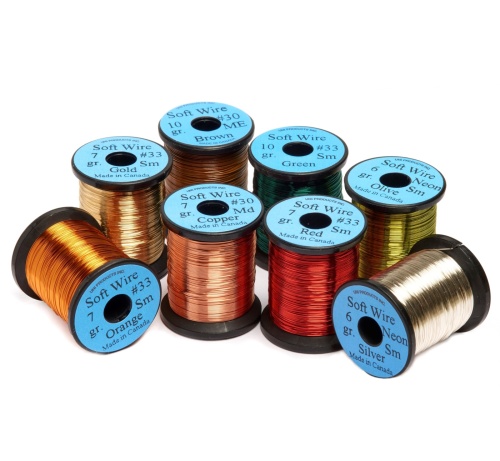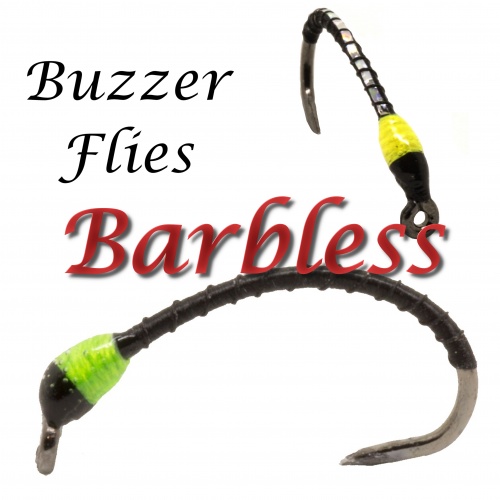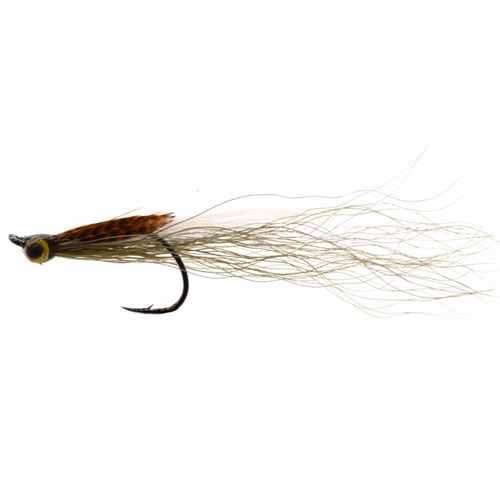Fly Fishing Glossary I's
Fly-Fishing can often be confusing to beginners to the sport because fly-fishermen talk and write in a strange language using words not always in standard use. To help take some of the confusion out of the terms bandied about by fly fishermen we have compiled this glossary.
[ A ] [ B ] [ C ] [ D ] [ E ] [ F ] [ G ] [ H ] [ I ] [ J ] [ K ] [ L ] [ M ] [ N ] [ O ] [ P ] [ Q ] [ R ] [ S ] [ T ] [ U ] [ V ] [ W ] [ X ] [ Y ] [ Z ]
IImitative Flies: flies tied to more closely match specific insects (for instance a Compara dun). Imitative flies are most effective in slow-moving, clear water, with finicky trout in fertile streams with large populations of aquatic insects.
Impressionistic Flies: flies tied to loosely suggest a variety of insects or insect families. For instance, a Hare's Ear nymph in sizes 12-16 can be used as both a mayfly and a caddisfly imitation and in larger sizes as a stonefly imitation. Impressionistic flies are usually most effective in medium to fast water, in streams with sparser populations of aquatic insects.
Improved clinch knot: An popular knot to tie a monofilament tippet to the eye of a hook. Also called the Trilene knot, after substantial publicity by the people at Berkely. If the tippet is run through the loop twice it is even stronger.
Indicator: a floating object placed on the leader or end of the fly line to "indicate" the take of the fly by a fish or to indicate the path of the drift of the fly; An Indicator used when nymph fishing with a slack line; very effective.
Irish Shrimps: the Irish Shrimp Flies are a range of salmon flies designed in Ireland to imitate shrimps.














